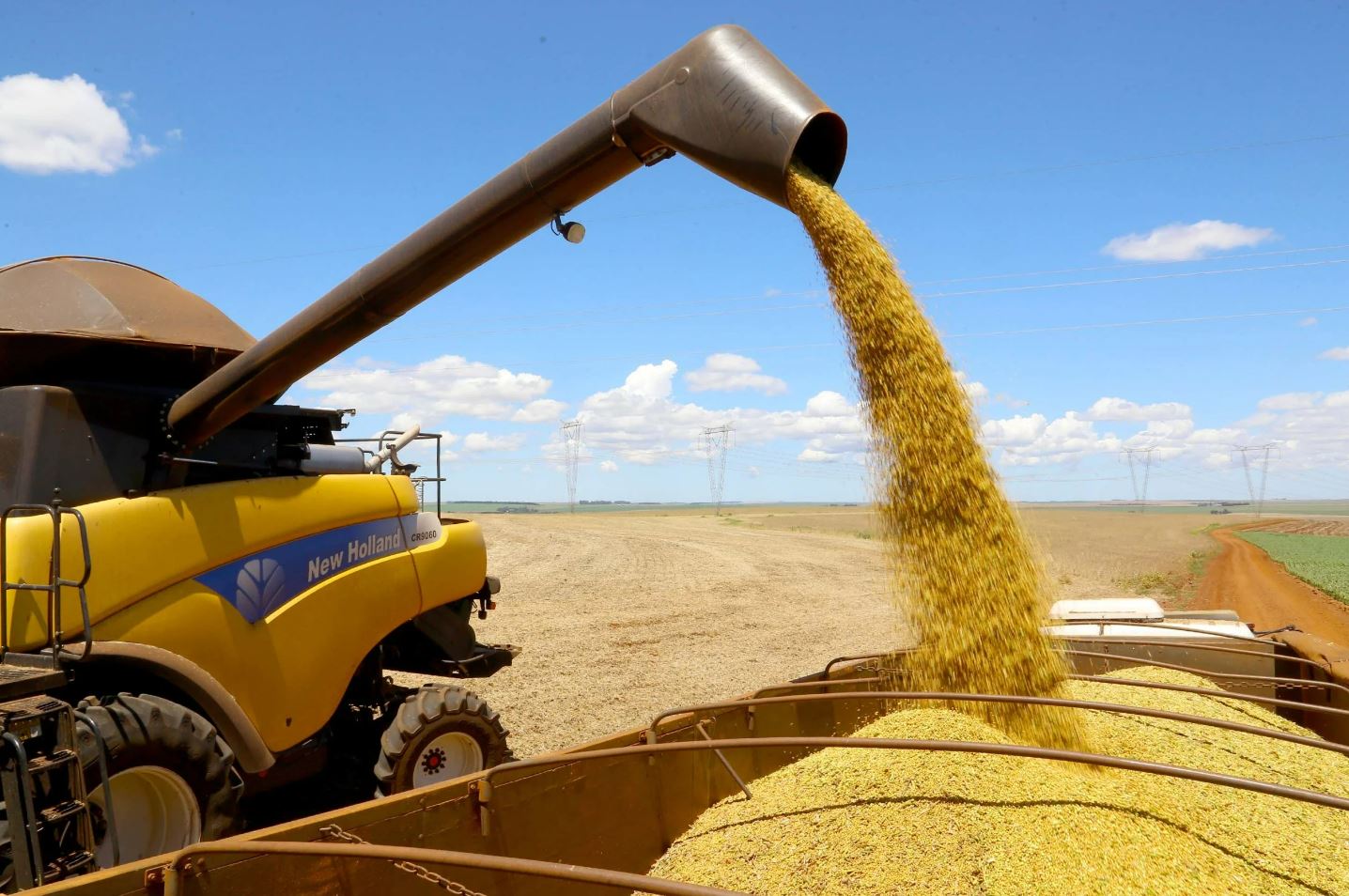Argentina’s economy presents multiple distortions, primarily caused by a wide exchange rate gap directly impacting the incentives to produce and trade in and from the country.
And until just a few weeks ago, soybean – Argentina’s main export commodity – was no exception to this rule. According to agricultural sector sources consulted by Bloomberg Linea, exchange controls caused a peak in grain smuggling out of the country in 2022.
In several of the productive areas of Argentina, the number of mechanisms through which the “blue soybean” was traded, that is, the commercialization of the commodity in a parallel and informal market, grew in 2022.

According to Bloomberg Línea, soybeans in provinces such as Chaco are illegally transported to Paraguay, which leaves a higher profit for local producers.
In cases where sales were made legally, the producer received around ARS 53,200 (US$367) per ton in August, while for selling the product to the neighboring country informally, the amount received exceeded ARS 60,000, according to sources consulted, who asked not to be identified.
And from Paraguay, Argentine soybeans could be sold abroad for more than US$500 per ton, compared to the US$200 obtained from Argentina. The sources added that it allowed for an additional profit margin even after meeting the corresponding operating and logistics costs.
That gap was diluted in September with the implementation of the soybean dollar, as the Argentine producer began to charge around $70,000 per ton, and, importantly, legally and formally.
HOW MUCH MONEY WAS MOVED TO ARGENTINA?
The Cámara de la Industria Aceitera Argentina (CIARA) told Bloomberg Línea that the estimated total annual estimate of soybeans smuggled out of the country is 1.5 million tons. They clarified, however, that with the new measures, the volumes dropped significantly.
Soybean production for the 2021/2022 season was 43.3 million tons, according to the Buenos Aires Grain Exchange (BCBA).
In this regard, they pointed out that repeated complaints were made to Customs, AFIP, and Gendarmerie, so that they would take more precautions in smuggling grains to Bolivia and Paraguay, including sunflower and blended oils.
WHAT HAPPENED WITH THE ARRIVAL OF THE SOY DOLLAR?
Given the shortage of dollars and the weakness of international reserves, the Government decided to implement the so-called “soy dollar“, which had a favorable result from the first days, to start strengthening the monetary authority’s assets.
At the beginning of the month, the Minister of Economy, Sergio Massa, announced a differential price for soybean liquidation until September 30 to promote exports and strengthen reserves.
The program, which is voluntary and applies only to soybean liquidation, was well received by analysts and economists, even though they warn that it is an initiative to “buy time”.
According to AFIP data, in the week before the implementation of this measure, a total of 4,860 trucks entered the country, while between September 5 and 10, a total of 8,873 trucks entered the country, representing an increase of more than 80%.
In this scenario, the impact of the new measure, which was introduced to temporarily reduce certain gaps in the price of legal and illegal soybean trading, began to be felt in the operations of the agricultural sector.
WHAT WILL HAPPEN AFTER SEPTEMBER 30?
What will happen once the measure stipulating a higher price for soybean sales expires? The gap has now disappeared, but the situation could change in October.
Brokers who preferred not to be named told this newspaper that one of the options is that there will be a direct decrease in sales since those who had the possibility of entering the so-called “soybean hot sale” have already done so and will sell as much as possible during that period.
Other members of the sector state that much of the soybean business will depend on rainfall, an intangible factor for crops and decision-making.
On the other hand, they express that; in addition to the fact that every day it is more difficult to implement smuggling maneuvers due to greater controls by Customs and AFIP, they point out that the areas where this type of maneuvers used to take place are not representative for the amount of soybean traded at a national level.
With information from Bloomberg

